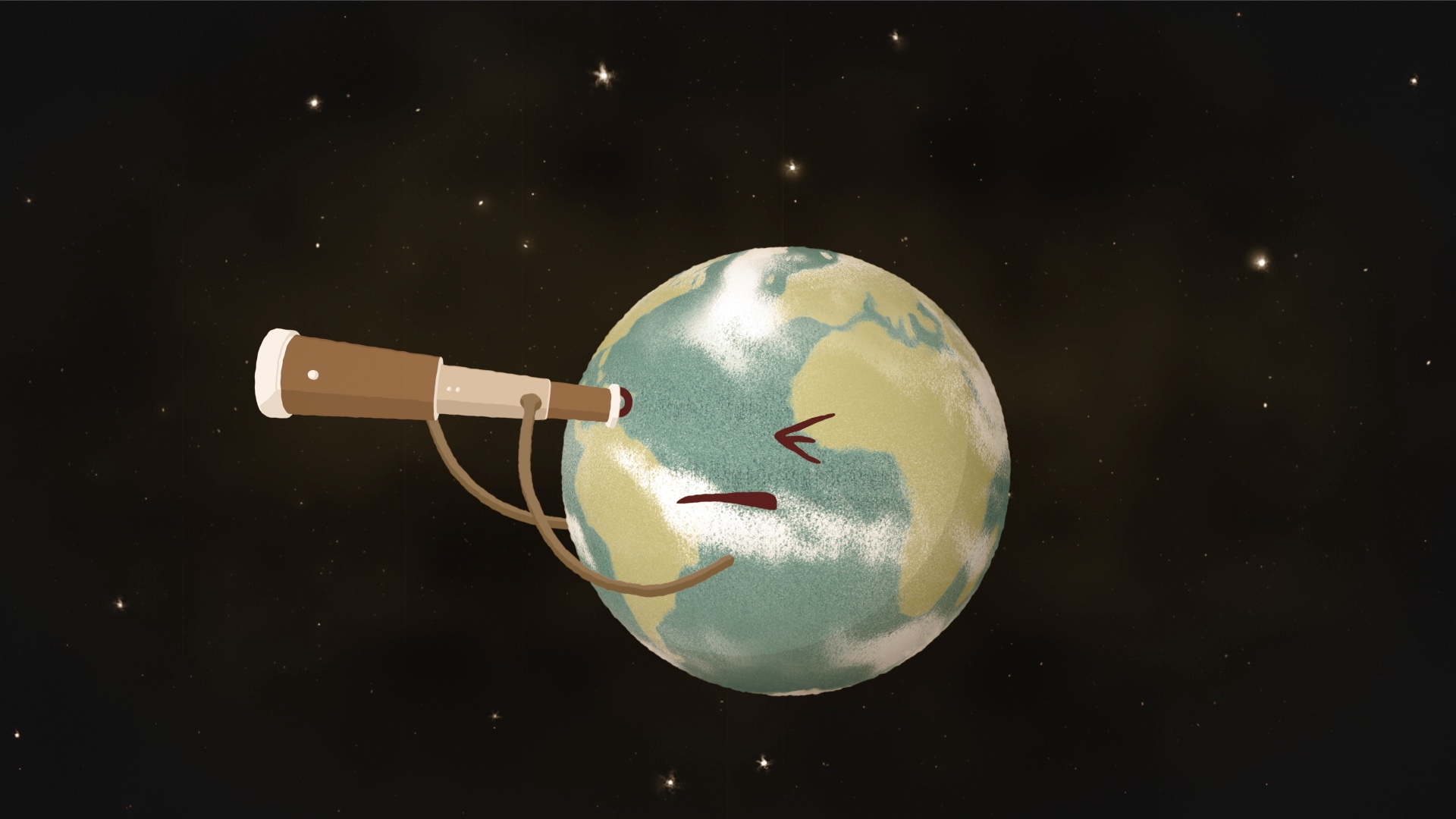Disk Detective: Search for Planetary Habitats
A new NASA-sponsored website, DiskDetective.org, lets the public discover embryonic planetary systems hidden among data from NASA's Wide-field Infrared Survey Explorer (WISE) mission.
The site is led and funded by NASA and developed by the Zooniverse, a collaboration of scientists, software developers and educators who collectively develop and manage the Internet's largest, most popular and most successful citizen science projects.
WISE, located in Earth orbit and designed to survey the entire sky in infrared light, completed two scans between 2010 and 2011. It took detailed measurements of more than 745 million objects, representing the most comprehensive survey of the sky at mid-infrared wavelengths currently available. Astronomers have used computers to search this haystack of data for planet-forming environments and narrowed the field to about a half-million sources that shine brightly in the infrared, indicating they may be "needles": dust-rich circumstellar disks that are absorbing their star's light and reradiating it as heat.
Planets form and grow within these disks. But galaxies, interstellar dust clouds, and asteroids also glow in the infrared, which stymies automated efforts to identify planetary habitats.
Disk Detective incorporates images from WISE and other sky surveys in the form of brief animations the website calls flip books. Volunteers view a flip book and then classify the object based on simple criteria, such as whether the image is round or includes multiple objects. By collecting this information, astronomers will be able to assess which sources should be explored in greater detail.
The project aims to find two types of developing planetary environments. The first, known as young stellar object disks, typically are less than 5 million years old, contain large quantities of gas, and are often found in or near young star clusters. For comparison, our own solar system is 4.6 billion years old.
The other type of habitat is called a debris disk. These systems tend to be older than 5 million years, possess little or no gas, and contain belts of rocky or icy debris that resemble the asteroid and Kuiper belts found in our own solar system. Vega and Fomalhaut, two of the brightest stars in the sky, host debris disks.
Through Disk Detective, volunteers will help the astronomical community discover new planetary nurseries that will become future targets for NASA's Hubble Space Telescope and its successor, the James Webb Space Telescope.
Take a tour of DiskDetective.org with Goddard astrophysicist Marc Kuchner, the project's principal investigator.
Watch this video on the NASA Goddard YouTube channel.
For complete transcript, click here.

Marc Kuchner, the principal investigator for DiskDetective.org (left) and James Garvin, the chief scientist for NASA Goddard's Sciences and Exploration Directorate, discuss the crowdsourcing project in front of the hyperwall at Goddard's Science Visualization Lab.
Credit: NASA's Goddard Space Flight Center/David Friedlander

Herbig-Haro 30 is the prototype of a gas-rich young stellar object disk. The dark disk spans 40 billion miles in this image, cutting the bright nebula in two and blocking the central star from direct view. Volunteers can help astronomers find more disks like this through DiskDetective.org.
Credit: NASA/Hubble/Chris Burrows (STScI)

Debris disks, such as this one around the bright star Fomalhaut, tend to be older than 5 million years, possess little or no gas, and contain belts of rocky or icy debris that resemble the asteroid and Kuiper belts found in our own solar system. The radial streaks are scattered starlight.
Credit: NASA/ESA/P. Kalas, J. Graham, E. Chiang, E. Kite (UC Berkeley), M. Clampin (Goddard); M. Fitzgerald (LLNL); K. Stapelfeldt and J. Krist (JPL)
For More Information
Credits
Please give credit for this item to:
NASA's Goddard Space Flight Center. However, individual images should be credited as indicated above.
-
Animators
- Scott Wiessinger (USRA)
- Chris Meaney (HTSI)
-
Video editor
- Scott Wiessinger (USRA)
-
Narrator
- Marc Kuchner (NASA/GSFC)
-
Producer
- Scott Wiessinger (USRA)
-
Scientist
- Marc Kuchner (NASA/GSFC)
-
Project support
- Swarupa Nune (Vantage)
- Genna Duberstein (USRA)
-
Videographers
- Rob Andreoli (Advocates in Manpower Management, Inc.)
- John Caldwell (Advocates in Manpower Management, Inc.)
-
Writer
- Francis Reddy (Syneren Technologies)
Release date
This page was originally published on Thursday, January 30, 2014.
This page was last updated on Wednesday, May 3, 2023 at 1:51 PM EDT.
Series
This visualization can be found in the following series:Tapes
This visualization originally appeared on the following tapes:-
Disk Detective
(ID: 2014004)
Tuesday, January 28, 2014 at 5:00AM
Produced by - Robert Crippen (NASA)



